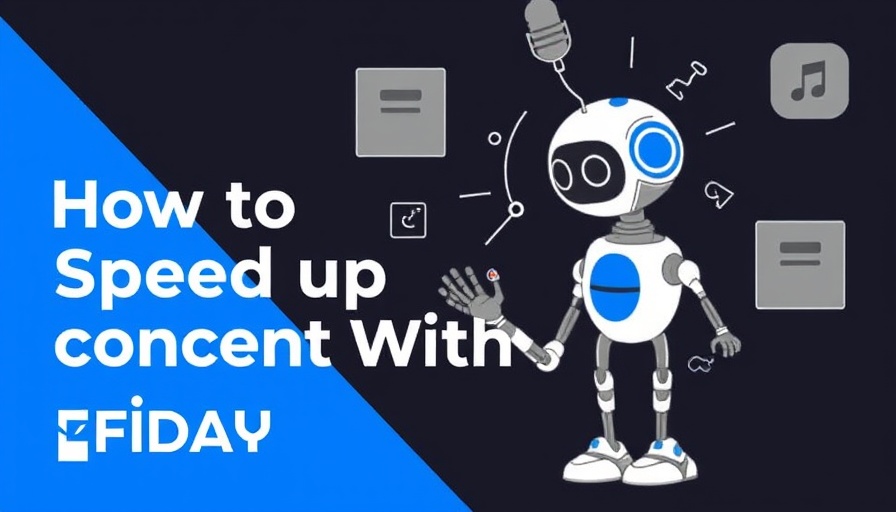
Understanding Audience Targeting in Paid Media
In an era where every marketing dollar counts, the importance of targeting qualified audiences in pay-per-click (PPC) campaigns cannot be overstated. As brands strive to maximize their return on investment (ROI), refining audience segments has emerged as a key strategy. Targeting isn't simply about reaching as many eyes as possible; it's about ensuring that the right eyes are seeing your ads. Markerters are now faced with the critical task of discerning who truly deserves ad exposure amidst a landscape filled with varied consumer behaviors.
The Shifting Landscape of Paid Media
Marketing dynamics have shifted dramatically over the last few years. Once simply referred to as PPC, this corner of marketing has evolved with new terminologies like search engine marketing (SEM) and paid media becoming commonplace. The changing definitions reflect broader transformations in the industry. For example, consumer sentiment often fluctuates with economic shifts, and the technology we use to target consumers must adapt accordingly. Innovations like AI-driven targeting options, including Meta Advantage+, signal evolving opportunities, while the sunset of Google's look-alike audiences highlights the complexities faced by marketers today.
Who Is Worthy To See Your Ads?
Identifying qualified audiences is critical but challenging in today's market. Not every viewer of an ad should incur advertising costs, especially for products with higher price points. Analyzing demographics, interested behaviors, and geographic locations allows marketers to prioritize ad exposure effectively. For instance, age and income factors can significantly influence conversion rates (CVRs). Consequently, brands need to adjust their targeting to focus on potential customers who are more likely to convert, staying away from a one-size-fits-all approach.
The Balancing Act of Targeting Strategies
Brands face a difficult balancing act between refining audience targeting for higher ROI and maintaining volume. According to industry insights, while tighter audience targeting can enhance efficiency and cost-effectiveness, it may inadvertently limit total revenue if applied too rigorously. Marketers must weigh whether to focus on precise targeting, which can lead to reduced volume but can also improve marginal returns, or to attempt broader outreach initially and pivot to sharper targeting once a better audience profile has been established. Either approach entails significant risk, but the goal remains the same: maximizing efficiency and effectiveness in ad spend.
Modern Tools for Enhanced Audience Targeting
To make informed decisions about audience targeting, marketers can leverage various modern tools and analytics. Utilizing data-driven insights helps in identifying which segments not only engage with content but also convert into paying customers. Data analytics platforms provide insights into user behavior, allowing brands to refine their strategies based on real-world performance metrics. This analytical approach empowers teams, making them adept at navigating the complexities of digital marketing.
Conclusion: Taking Action Towards Smarter Marketing
To succeed in the evolving landscape of paid media, brands must adapt their strategies continually. Fostering a deep understanding of audience behaviors, embracing innovative targeting tools, and maintaining flexibility in marketing strategies will enable businesses to thrive amidst uncertainties. Ads need to be directed judiciously; after all, reaching the right audience is crucial for success. It's time to rethink your strategies!
 Add Row
Add Row  Add
Add 




Write A Comment